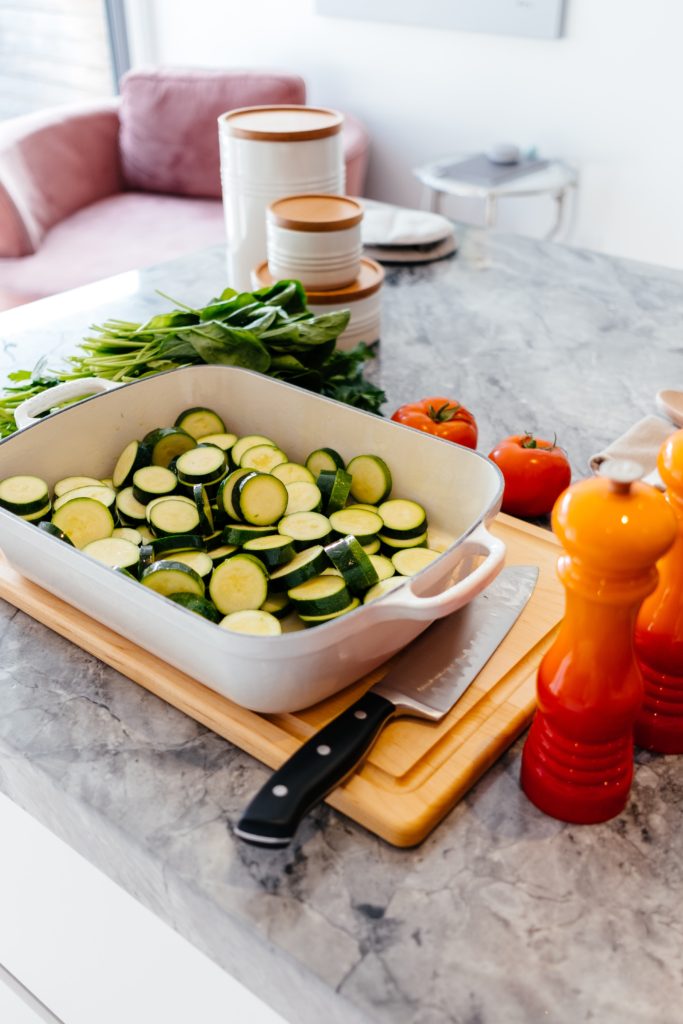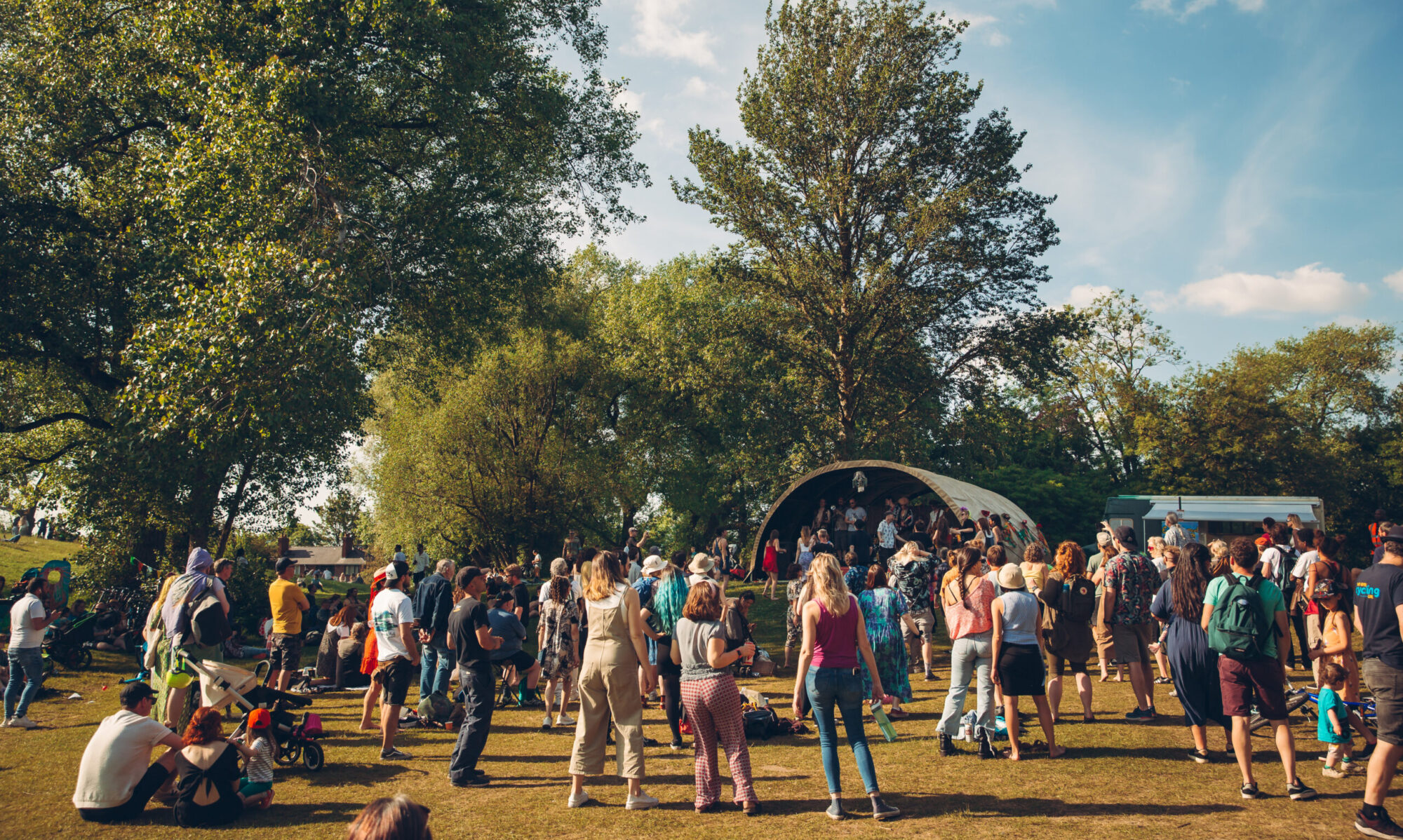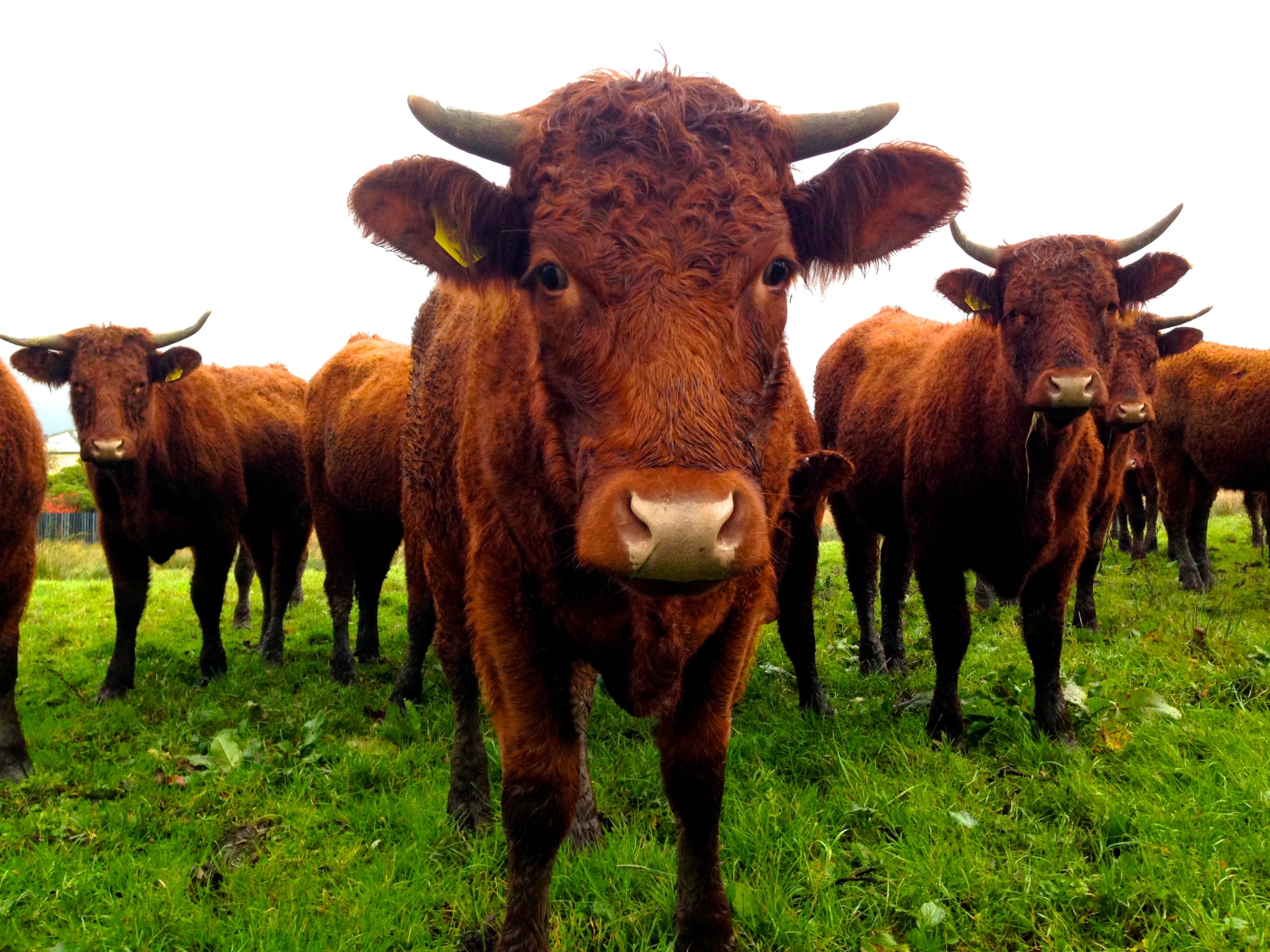‘How easy is it to go meat free?’ is a question that many meat-eating consumers with a conscience ask themselves on a regular basis.
And it would appear, that’s quite a lot of you. Figures show that the trend for a lifestyle that is meat and animal product free has grown rapidly in the last decade, with The Vegan Society reporting a massive rise to over half a million people now following a vegan diet.
And with a further 1.4 million people following a slightly less meticulous vegetarian diet, the trend for a more sustainable and cruelty free diet shows no signs of slowing down.
Which is all great news for the planet, as the amount of greenhouse gases produced by agriculture is particularly damaging.
Let’s not be too prim here, we are especially talking about methane, a highly potent gas that is produced when cows burp or fart. A gas which over a twenty-year period, traps 84 times more heat than Carbon Dioxide.
And these are the gases which are damaging the ozone layer, causing temperatures to rise which is effectively leading to extreme weather conditions that we wrote about here, last week.
Furthermore, the link between eating meat and the risk to health is a well-established fact, with certain cancers, stroke and heart disease being linked to red and processed meats.
So, just how easy is it to be ‘meat free?’ carry on reading to find out!
Alternatives to meat
Choosing a diet free from meat, fish or poultry, might fill some people with dread; what do you eat when you want a cooked breakfast for example, or if you have the family coming around for a good old-fashioned Sunday roast?
Well, to reassure you straight away, the vegetarian diet has come a long way since cheese on toast or omelette and chips were the staple foods for non-meat eaters.
And sincethe wife of a very famous musician started out almost 30 years ago as one of the original vegetarian food producers for the mass consumer market, there are a myriad of choices out there for people looking for a tasty and healthy alternative to eating meat.
High protein substitutes such as Tofu and Quorn have seen a dramatic rise in their sales figures, and can be used as sausages, burgers and in stews, casseroles or Bolognese.
And there are new products being developed every day in laboratories across the globe, as food technology becomes more advanced and scientists develop more products based on soy or wheat protein.
Vegan diet
For many however, this doesn’t go far enough, opting to eliminate all animal by products in addition to no longer eating meat.
This includes cutting out dairy, eggs and honey, and for people who opt to follow a vegan lifestyle, the wearing of any animal products (for example leather), and using products that are not tested on animals is also an important factor.
To follow this kind of diet, you have to ensure you get your vitamins and nutrients from a variety of sources. Eating plenty of fresh fruit and vegetables especially ones that are rich in iron such as spinach, is a must, pulses, beans and nuts too, provide proteins and wholemeal rice and pasta provide the carbs to keep your energy levels and fibre intake at optimum levels.

Flexitarian diet
People who don’t want to commit to a strict vegan diet yet still want to eat more healthily and do their bit for the planet can opt for a plant based or flexitarian diet.
This means cutting down on your meat intake, but not ruling it out completely.
So, building your diet around plants and vegetables is going to be better for the planet and your overall health without the rigidity of cutting out meat, and means you can take the process a little more slowly if that is your ultimate aim.
A plant-based diet rich in fruits and vegetables has a much higher fibre intake than one where meat is the main source of protein.
And a diet that is rich in fibre is better for heart health, leading to a reduction in heart disease, stroke, high blood pressure and hyper-tension.
Additional benefits to having a flexitarian diet means cutting down on processed foods such as trans fatty acids and unnatural processed sugars, which can lead to diabetes and different types of cancer.
The importance of nutrients
The most important thing to consider when you are deciding to change your diet is that you get all the important nutrients and vitamins that you could leave yourself short of from other sources.
Spinach, kale, dried fruits, peas, beans and other pulses are all rich in iron for example; and to make sure you absorb the iron into your body, you need to take in plenty of foods rich in vitamin C such as fruits and vegetables.
Interestingly, there are certain food and drinks which limit your iron intake.
Tea, coffee and dairy products can stop your body from absorbing iron, so do some research first before any massive dietary change and listen to your own body.
If you start to feel extreme tiredness or you get ‘aching leg’ syndrome at night, this could be an indication that you are iron deficient, and you need to up your intake.
Contact Us
So, we asked ‘how easy is it to go meat free’ or simply to cut down on your meat consumption to improve your health and have less impact on the environment, and the answer is, very easy.
There are loads of options and alternatives so why not give it a try?
And if you are interested in improving your health and doing your bit for the planet by reducing your meat consumption, then why not contact us here to discuss your ideas or even recommend your own delicious meat-free recipes?
We are always looking for new and fresh ideas, and who knows, the best ones may get published on our website or used at our Festival next year!
In the meantime, enjoy experimenting and trying new meat-free foods!

